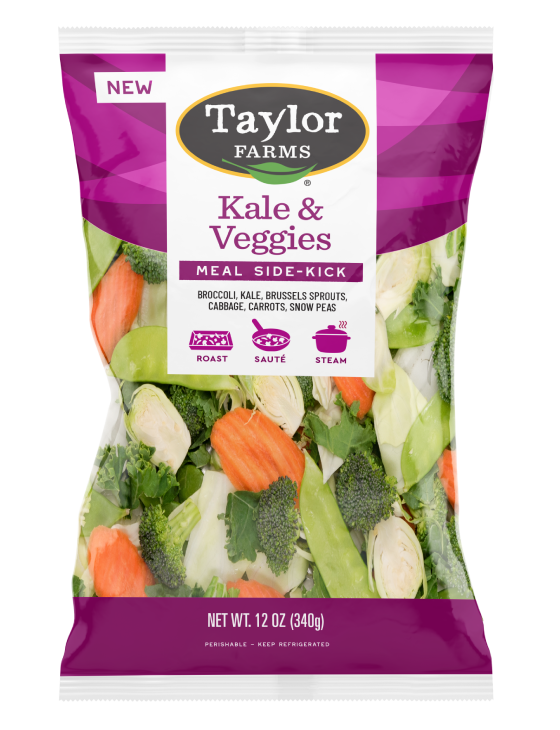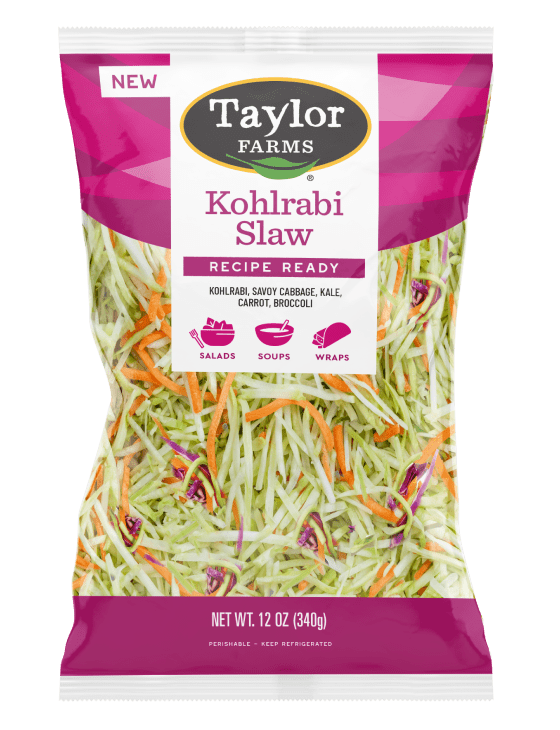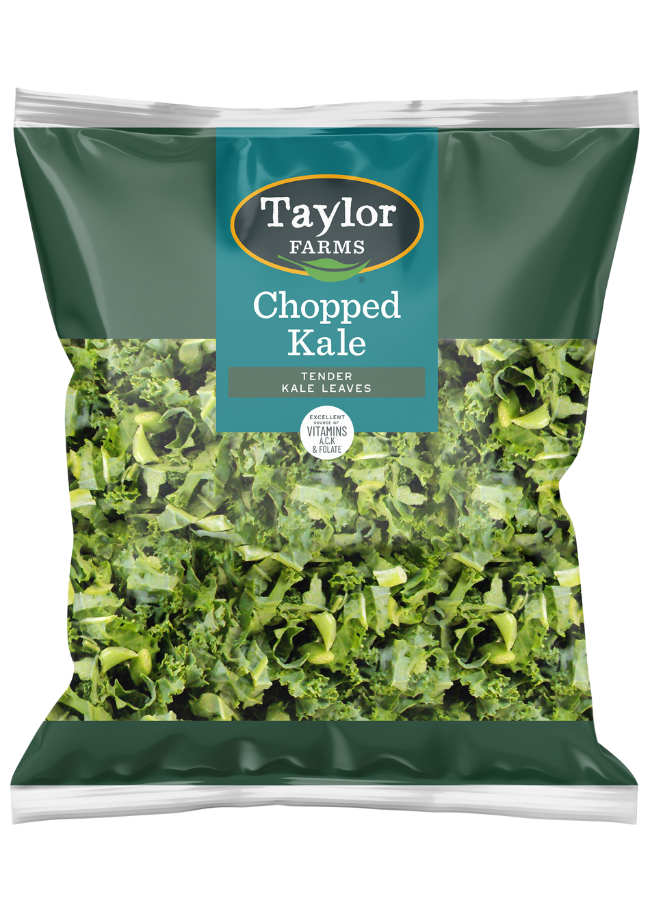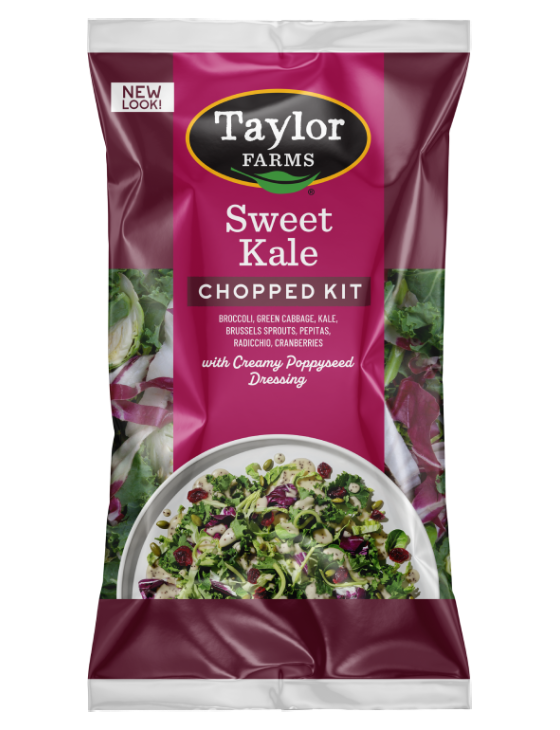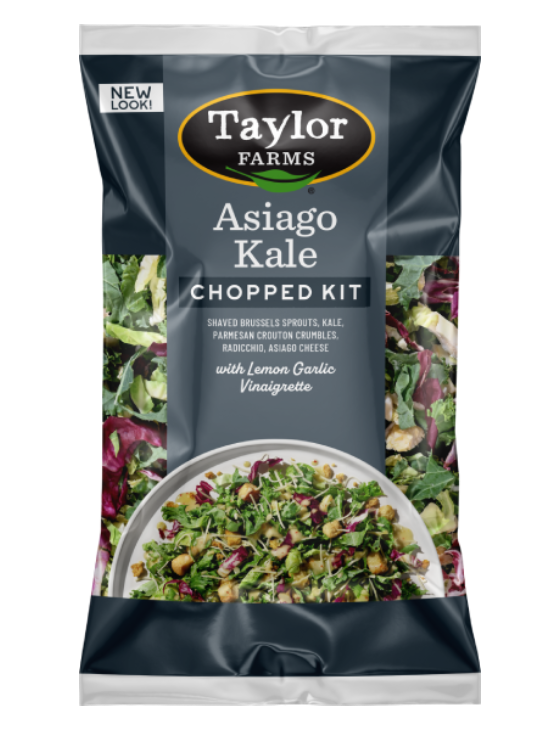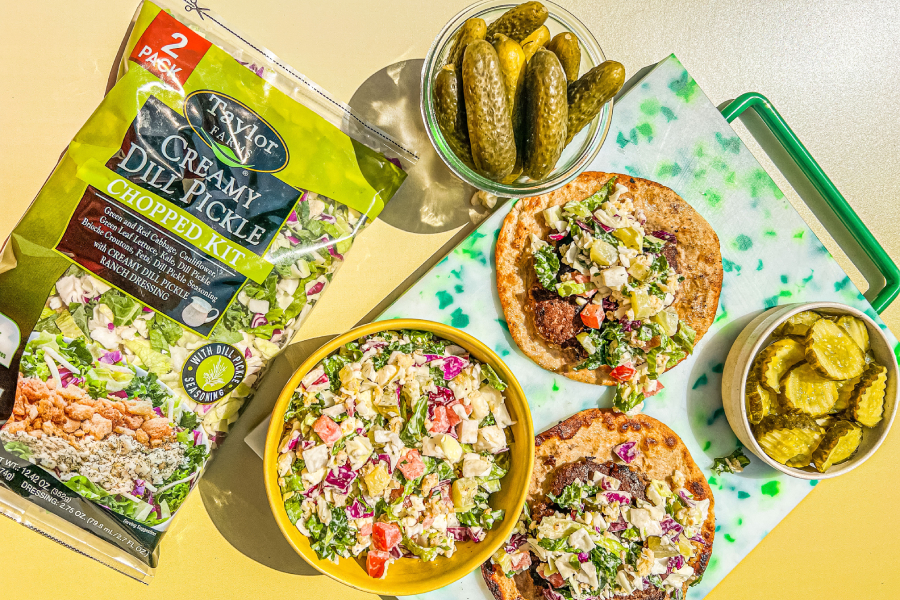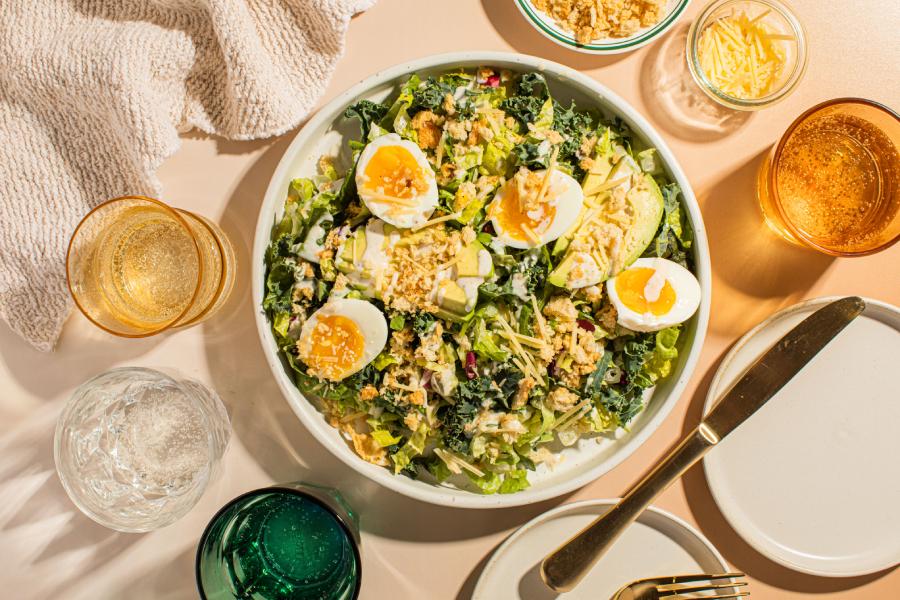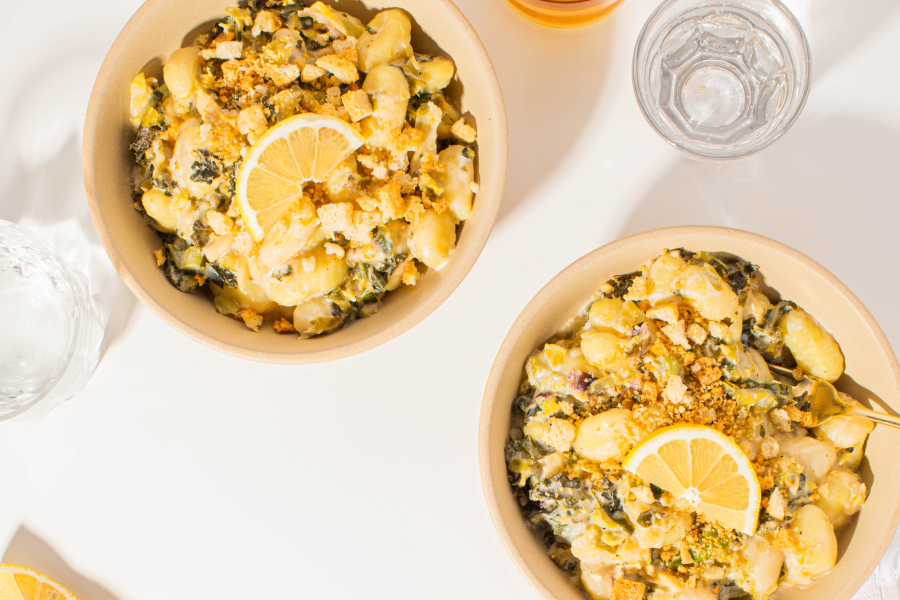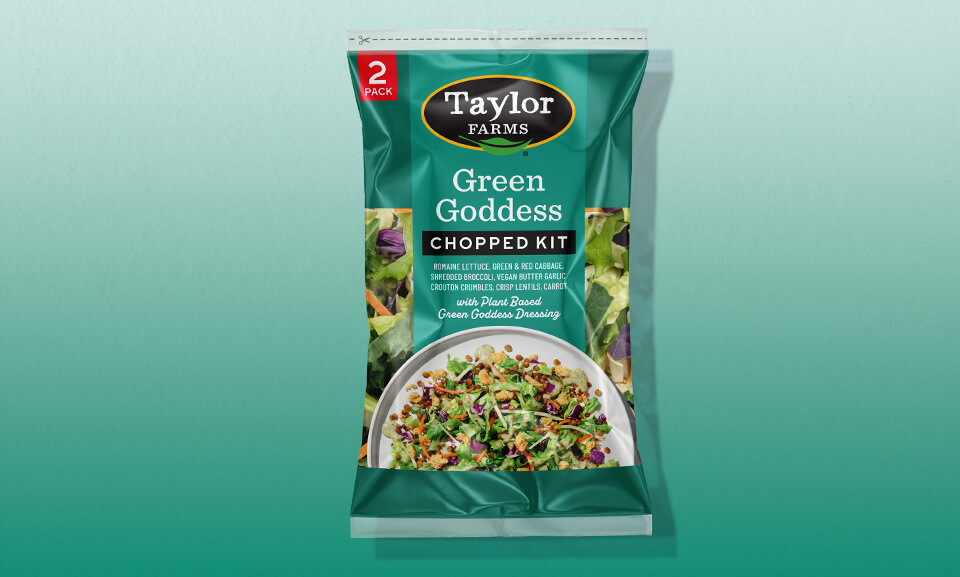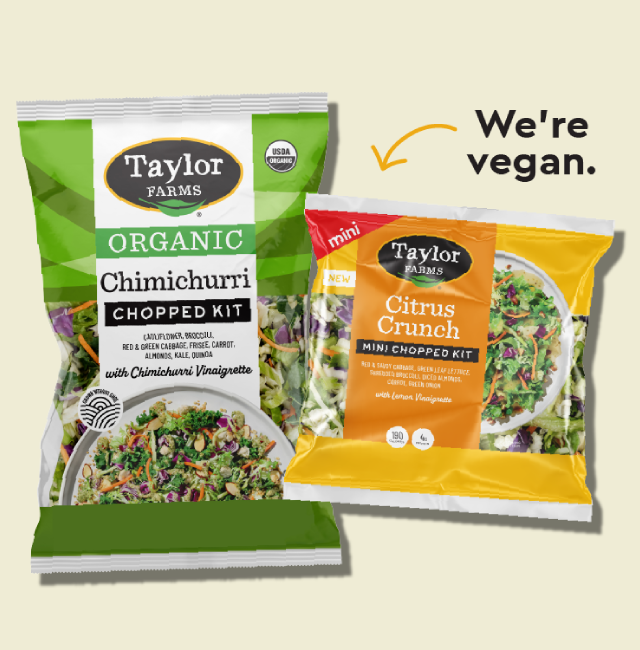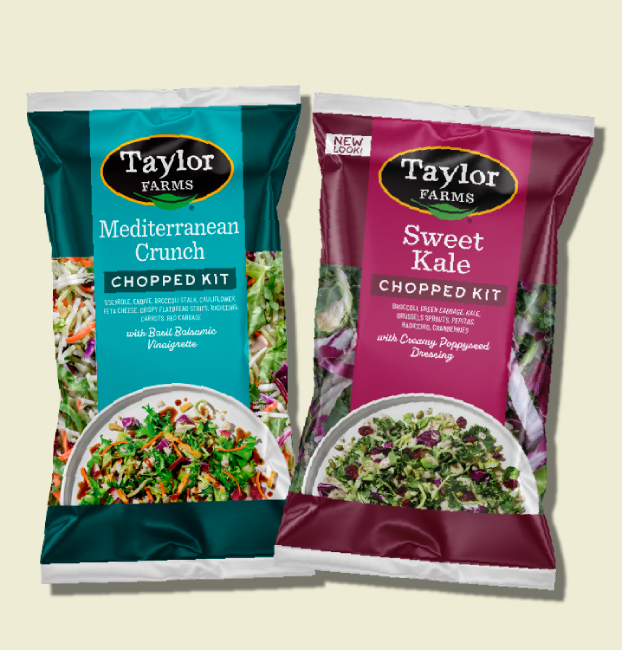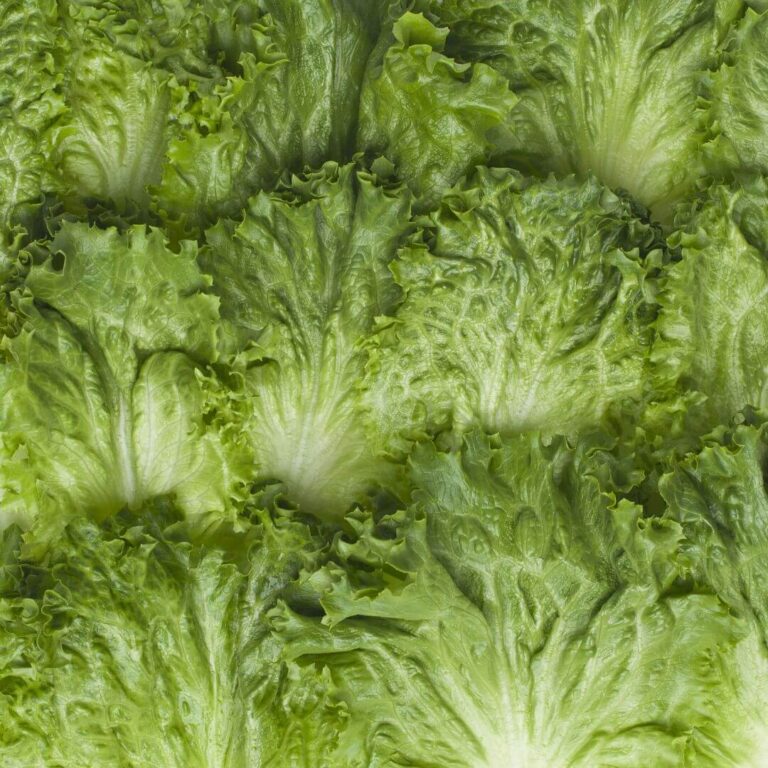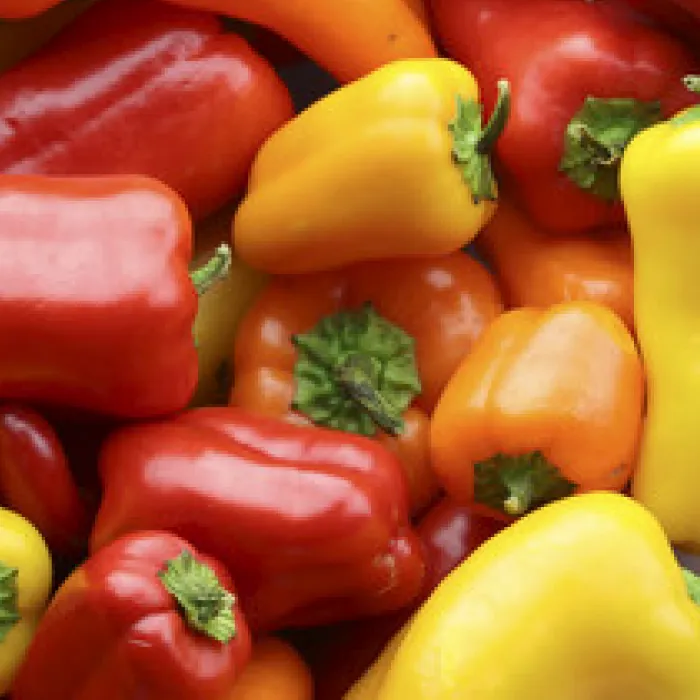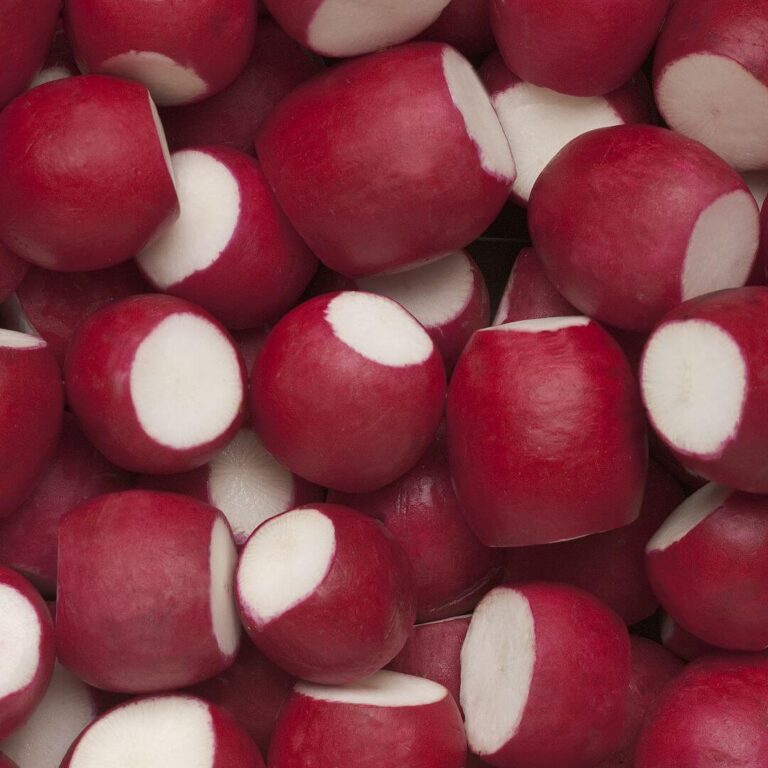Kale at a Glance

Scientific Name: Brassica oleracea var. sabellica
Family: Brassicaceae
In Season: Kale is a cool-season vegetable that thrives in the fall and winter months.
Varieties: Popular kale varieties include curly kale (with ruffled leaves), Lacinato kale (also known as dinosaur kale or Tuscan kale, featuring long, dark green leaves), and Red Russian kale (with flat, fringed leaves and purplish-red veins).
Great for: Salads, smoothies, stir-fries, and soups. Kale can be sautéed, roasted, baked, or simply enjoyed raw. Its sturdy leaves hold up well in cooking, allowing for a surprisingly wide range of dishes and cuisines.
Kale Nutrition
High in Vitamins K, C, and A
High in Antioxidants
Good source of potassium, calcium, and iron
Common Questions about Kale
Raw kale carries a distinct, peppery flavor that tends to be on the bitter side. It’s comparable to the sharpness of arugula or radish but mixed with an earthy, slightly grassy undertone. The taste of raw kale can be surprisingly complex, with a lingering sweetness that becomes more noticeable after the first wave of robust, “green” flavor. Its hearty texture offers a crunchy yet tender bite.
Cooking kale changes its flavor profile like other green vegetables. The initial bitterness mellows out, and the green takes a sweeter, more nuanced flavor. It can become almost succulent, absorbing the taste of whatever it is cooked with while still maintaining its own unique characteristics. The best cooking methods for kale are sautéing, roasting, or blanching, which brings out a slight nuttiness and soften its bitter notes, making it more palatable to many.
Growing kale
Kale is usually ready to harvest anywhere from two to three months after planting, depending on the variety and the growing conditions. You can start picking when the plant has at least eight to ten mature leaves that are about the size of your hand. The leaves should be firm, deeply colored, and without any signs of wilting or yellowing.
Harvesting is done by simply removing the lower leaves first, and then gradually working your way up the plant, leaving the central bud to continue producing more leaves.
Purchased kale
When purchasing kale, look for firm, deeply colored leaves and moist, hardy stems. The leaves should be free of brown or yellow spots. Smaller leaves are usually more tender and have a milder flavor compared to larger ones, which can be tougher and more bitter.
Kale should be stored in the refrigerator to help prolong its shelf life. Before using it, be sure to inspect the leaves for any signs of wilting, browning, or discoloration. If the leaves appear limp or show other signs of deterioration, it’s best to just toss them out. It’s recommended to consume your kale within a few days of purchasing.
Yes, you sure can. Blanche it first to help preserve the color, texture, and flavor during freezing. Frozen kale can be stored for up to 8-12 months, but its quality may gradually diminish over time. When you’re ready to use the frozen kale, simply remove the desired amount from the freezer and thaw it in the refrigerator. You can add it directly to soups, stews, smoothies, or cooked dishes without thawing.
Kale is generally a cool-season crop that thrives in cooler climates. It can tolerate frost to the extent that it can even improve in flavor after exposure.
Kale grows best in regions with moderate temperatures, ranging from 45°F to 75°F. It is grown in many parts of the world, including North America, Europe, Asia, and other temperate regions.
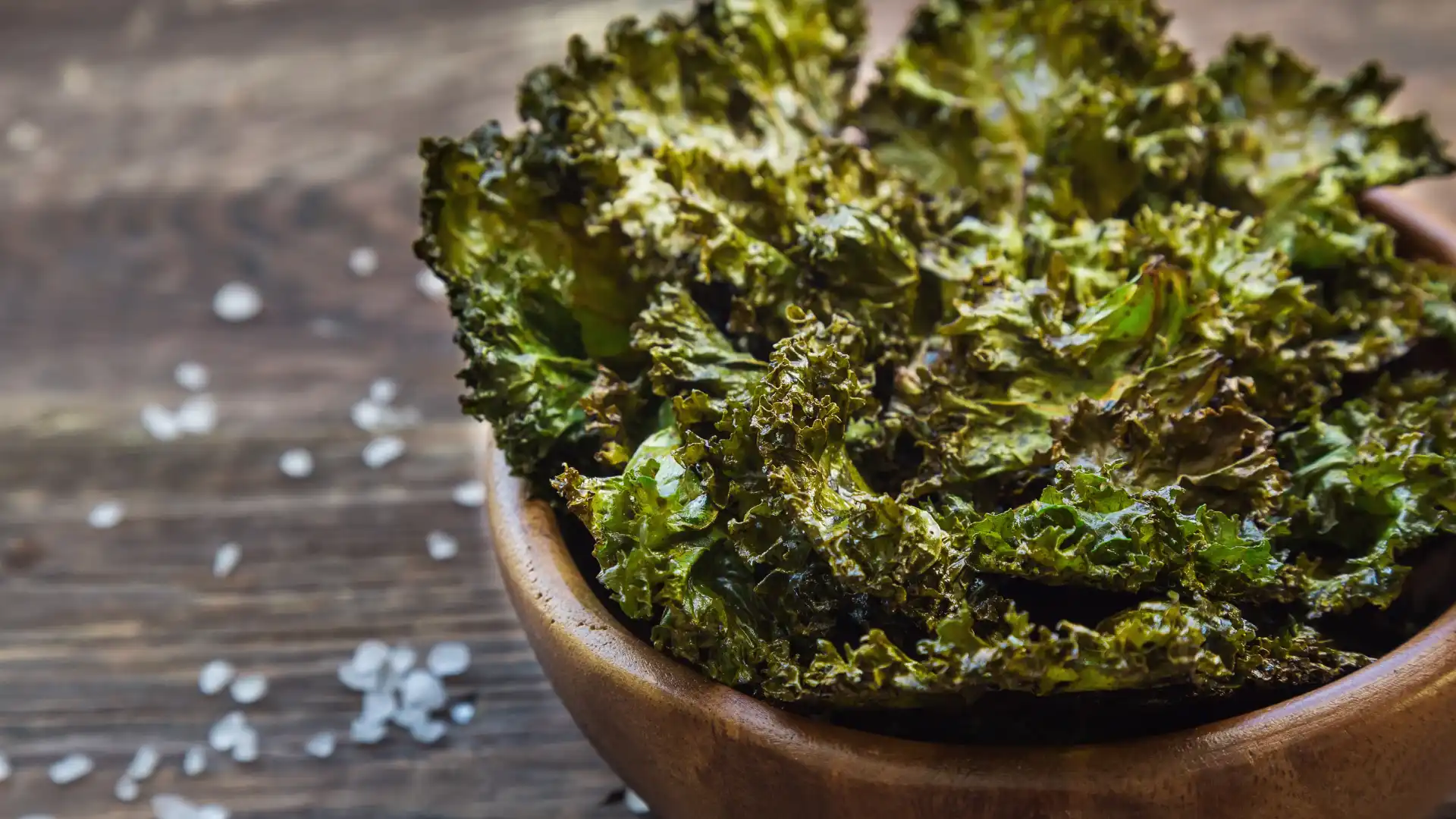
How to cook & serve kale
Kale is one of the most adaptable greens on the planet. Here are some ways to prepare kale:
Raw: The youngest, most tender kale leaves are excellent in salads. Pro tip: Before adding them, massage the leaves with a bit of oil or dressing to soften their texture and get rid of some of the bitterness.
Sautéed: Sauté kale with a bit of garlic and olive oil for a quick, healthy side dish. Add a splash of vinegar or a squeeze of lemon to really brighten up the flavors.
Baked: In case you were unaware, kale chips are a deliciously healthy snack alternative. Simply massage leaves with a bit of olive oil and your choice of seasoning, then bake on low heat until crispy.
Blended: Add raw kale to your morning smoothie for a nutrient-packed start to the day. Pair it with fruits like bananas or berries to help balance out its robust flavor.
Boiled or Steamed: When cooked until just tender, kale can be a comforting addition to soups and stews.
Roasted: Combine with other veggies like sweet potato and Brussels sprouts, then roast in the oven for a delightful side dish.
Kale also pairs well with strong flavors like bacon, sausage, onions, garlic, and sharp cheeses. It can also hold its own next to grains like quinoa or barley and is complemented by fruits such as apple or cranberries.

